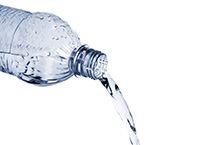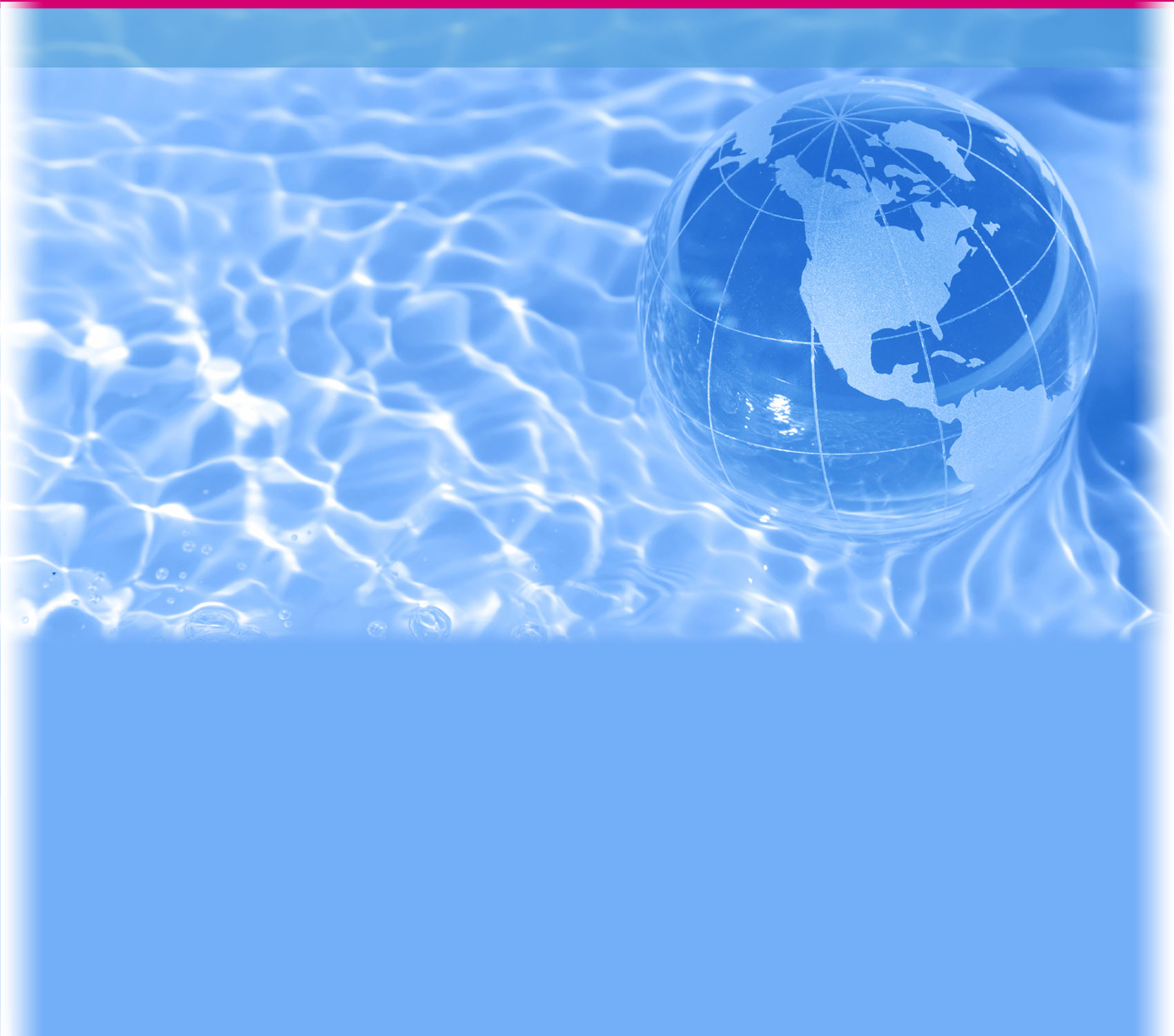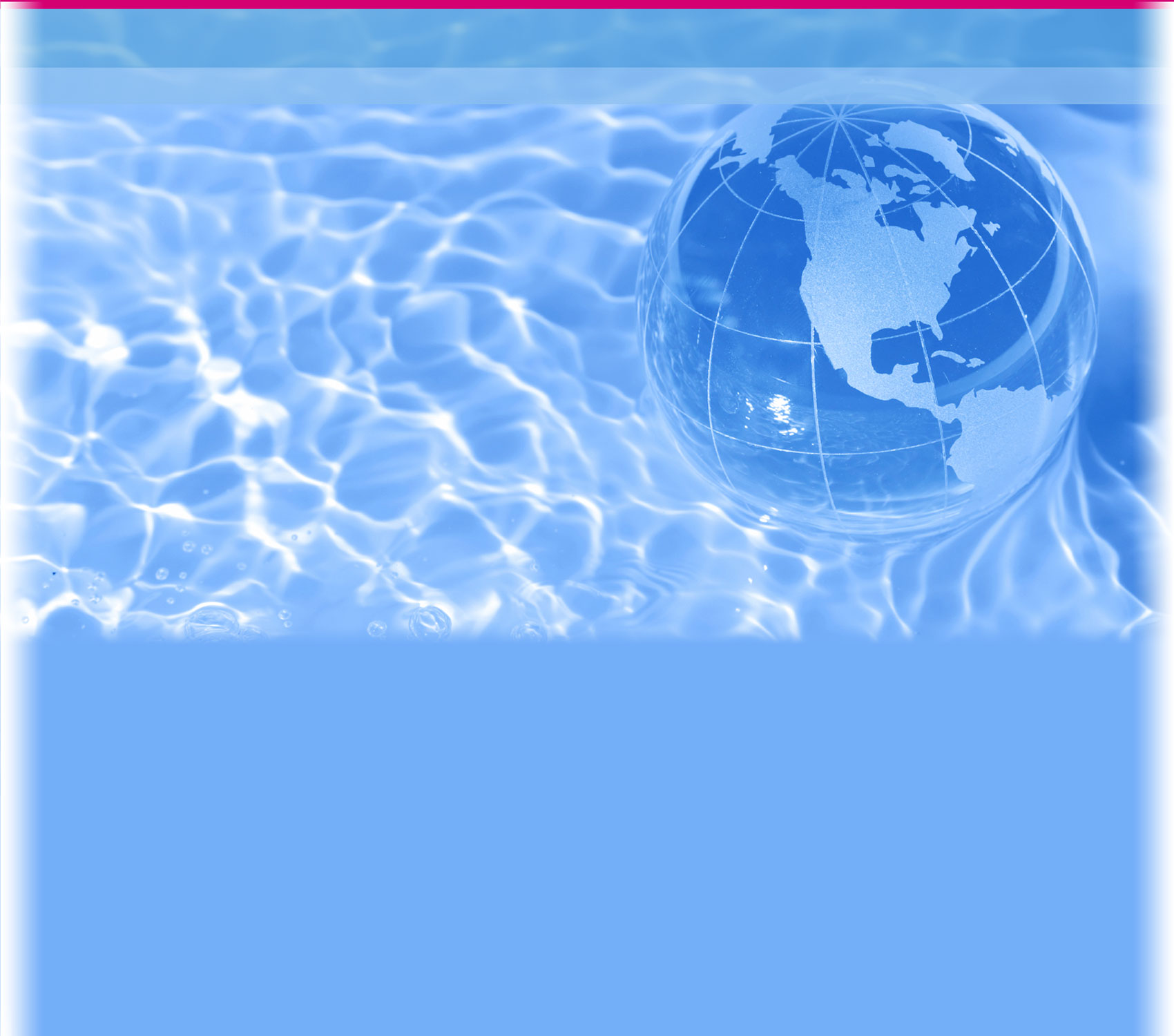Sample Water Purification Systems
 Water purification systems provide clean drinking water.
Water purification systems provide clean drinking water.
There are two methods to clean water that you can pursue in this lesson. Distillation is a process for purifying water in which the water is first evaporated and then condensed and collected. Filtration is a process for purifying water in which the water is passed through a filter.
Examine the following resources and methods, along with those on the next page, to help you decide on an approach for your solution.
Resources to explore:
Water Filtration
> What is Water? Clean Water Through Filters (PDF)
![]()
(from Children, Youth and Families Education and Research Network)
> How to Make Homemade Water Filters
![]()
(from eHow)
> Water Filtration (PDF)
![]()
(from the Environmental Protection Agency)
> Water Purification: Improvised Charcoal Filter
![]()
(from Practical Primitive)
> Filtration With Active Charcoal (PDF)
![]()
(from the Annenberg Foundation)
Water Distillation
> How to Make Distilled Water
![]()
(from wikiHow)
> How to Make Your Own Distilled Water
![]()
(from eHow)
> Distillation of Water
![]()
(from Science Fair Adventure)


